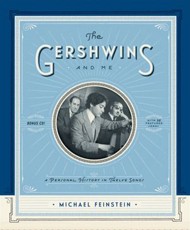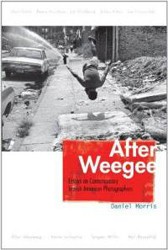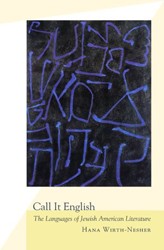Part memoir, part family history, and part meditation, this lyrical journey invents its own shape and genre while probing undervalued sources of American art and artisanship. Benfey celebrates the processes that turn nature into art and utilitarian commodity – sometimes both at once, as in ceramic vases and pitchers. He exhumes and celebrates the soils from which a nation builds its roads and homes, its jugs and jars.
Indiana and North Carolina are key territories in Benfey’s journey to locate himself and his ancestors in the American story. It’s the story of the special white clay that can rival Chinese porcelain; of potters who place folk craft, high art, and domestic manufacture in dynamic equilibrium. The story of two peoples of great particularity: Jews and Quakers.
The Benfey name is a modification of a Hebrew or, more likely, Yiddish name. There were Jewish Benfeys who migrated to the U. S. before and after the Holocaust. These people, several of significant accomplishment, had already converted to Christianity. Of course, they would be defined as Jews during the horrendous upwelling of anti-Semitism that swept Europe.
The later pages of the book’s first section trace the Jewish thread of family history; the meditative aspect of Benfey’s journey sends off “if only” reverberations, suggestions of identity compromised and spiritual treasure lost. Jewish artists show up elsewhere in the book, oddly connected with Black Mountain. These include the unparalleled potter Karen Karnes and her one-time husband David Weinrib, also an important artistic figure.
Bauhaus artist (and Benfey relative) Anni Albers, who called herself “Jewish in the Hitler sense,” left Germany in 1933 with her more famous husband Josef to mastermind Black Mountain College. The couple transplanted Bauhaus theory and style to a new setting. They blended into an American cultural mosaic whose foundational Quaker contribution was thriving.
The story radiates outward from fabled Black Mountain College, where a miraculous synergy of exiled (or self-exiled) Europeans and American seekers struggled with and against one another to remap American community life and revitalize its art.
One theme of this unique and splendid history/reverie is: “There is something deep in the American grain in the idea of cultivating individuality through community.” Briefly but emphatically, Christopher Benfey sounds the Jewish note within this paradox.
Illustrations, index, note on sources.
Philip K. Jason is professor emeritus of English at the United States Naval Academy. A former editor of Poet Lore, he is the author or editor of twenty books, including Acts and Shadows: The Vietnam War in American Literary Culture and Don’t Wave Goodbye: The Children’s Flight from Nazi Persecution to American Freedom.





